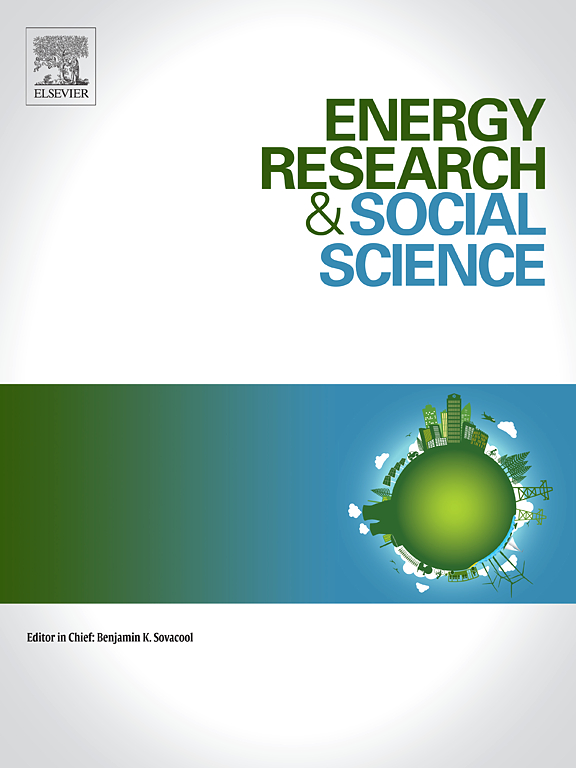Water availability is the main challenge for the growth and development of woody species in drylands. Application of biochar under deficit irrigation can enhance seedling growth in arid regions. The growth of commercial woody species seedlings was monitored for approximately two years using the combined effect of biochar and deficit irrigation treatments. Biochar was applied to the plantation pits during plantation at a rate of 38 g kg−1 of soil. The applied deficit irrigation per season covered 60% (459 mm) and 35% (459 mm) of the dry season crop evapotranspiration for Citrus sinensis and Yushinia alpina, respectively. We found statistically clear effects of biochar and deficit irrigation on the growth of both species with combined application. Compared to control treatment, the combined application of biochar and deficit irrigation significantly (P < 0.05) increased new culms of Y. alpina by 44%. Moreover, the combined application of biochar and deficit irrigation significantly (P < 0.05) affected the height and diameter relative growth rates (RGRs) of both species by enhancing soil moisture and which in turn increased the photosynthesis and transpiration rates of the species. Compared to Y. alpina, C. sinensis had significantly (P < 0.05) higher height and diameter RGRs and higher transpiration rate. The maximum height RGRs of Y. alpina (0.142) and C. sinensis (0.108 cm month−1) were attained at the end of the rainy season. The highest and significant increment (266.5%) of biomass of Y. alpina was recorded in the plants subjected to combined application of biochar and deficit irrigation However, we could not confirm a significant effect of B alone on the growth parameters of the species. Hence, the integration of biochar and deficit irrigation would be essential for the successful establishment of C. sinensis and Y. alpina seedlings in farmlands of dried region.
DOI:
https://doi.org/10.1007/s10457-023-00891-7
Altmetric score:
Dimensions Citation Count:
























